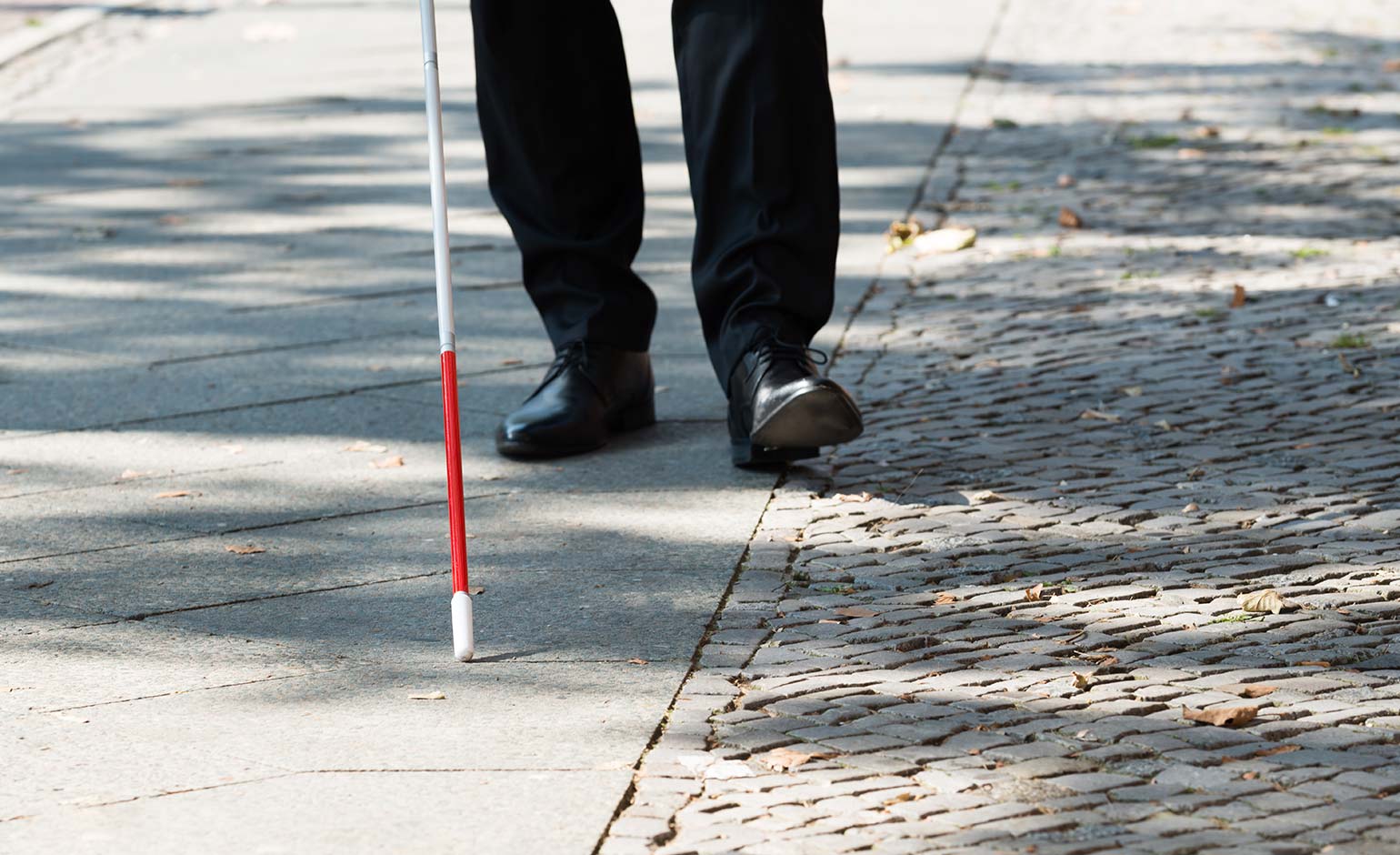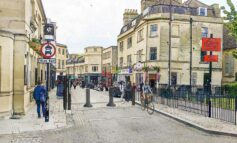A new report has revealed that people with sight loss are finding it increasingly difficult to avoid accidents when walking around streets across the South West.

The Royal National Institute of Blind People (RNIB) is highlighting the increasing difficulties that blind and partially sighted people are facing when trying to use the streets and pedestrian areas to get to work, go to the shops, to see friends, or exercise independently.
A significant increase in quiet vehicles like electric cars, bikes and e-scooters on streets are one of the main issues, according to the charity.
A lack of street landmarks such as detectable kerbs and pelican crossings are also making walking journeys increasingly risky for people with sight loss.
Pavement parking, bins and overhanging shrubbery have always been a concern, but new pavement obstructions such as dockless rental bikes and e-scooters are making things worse.
The easing of lockdown measures has also made independent travel more difficult, with many bars and cafes using pavement space which impacts on cane users and those with guide dogs.
The report’s key findings include:
- Seventy-eight per cent (78%) of blind and partially sighted people surveyed said walking journeys were their only, or main, form of outdoor physical exercise.
- Eighty-two per cent (82%) of respondents said bicycles affected their ability to make walking journeys, with many who identified bikes as an issue reported being run into by a cycle, had experienced near misses or had concerns about being knocked over. Cycling on pavements or other pedestrian spaces was specifically mentioned by just over one in three respondents.
- One in four respondents specifically mentioned pavement parking as a barrier when asked what made walking journeys harder or easier.
Lindsay Coyle, RNIB Regional Campaigns Manager, said: “We need everyone to understand how riding bikes or e-scooters on pavements and pedestrian spaces can be dangerous and intimidating for people with sight loss.
“Rental bikes and e-scooters left parked on pavements are a trip hazard which can cause injuries and damage confidence.
“Parking cars on pavements makes my life as a partially sighted person just plain difficult and bins left in the middle of the pavement after collection is also a major trip hazard which we can all help to avoid.
“Moving vehicles can be hard to locate and interacting with them can be dangerous. We need physical kerbs separating pedestrians from all vehicles including cycles and cycleways, and pelican and puffin crossings across roads and cycleways.
“We need local authorities, transport operators, designers and the Department of Transport to play a part and work with us to protect our pavements so everyone can use our streets independently.”
To find out more about the new report, Seeing streets differently: How changes in our streets and vehicles are affecting the lives of blind and partially sighted people, click here.
Over two million people live with sight loss and this number is set to rise to four million by 2050.



